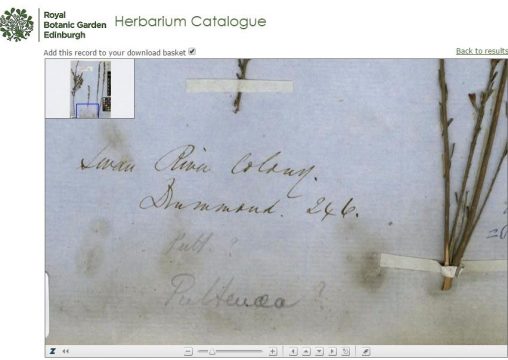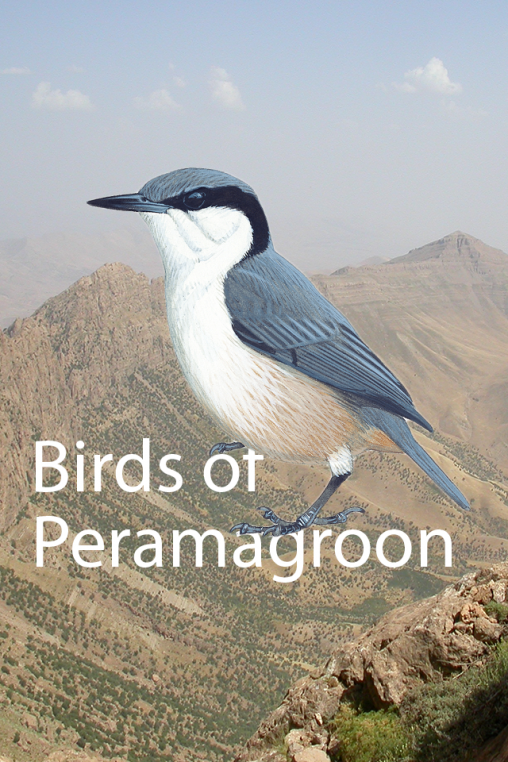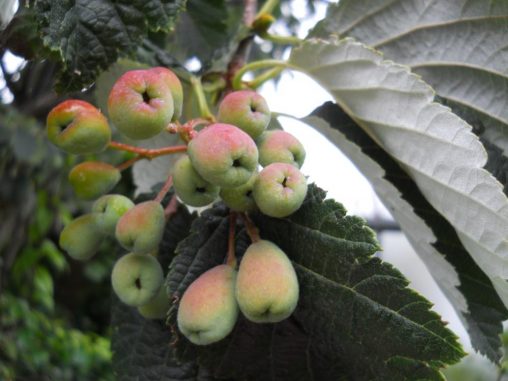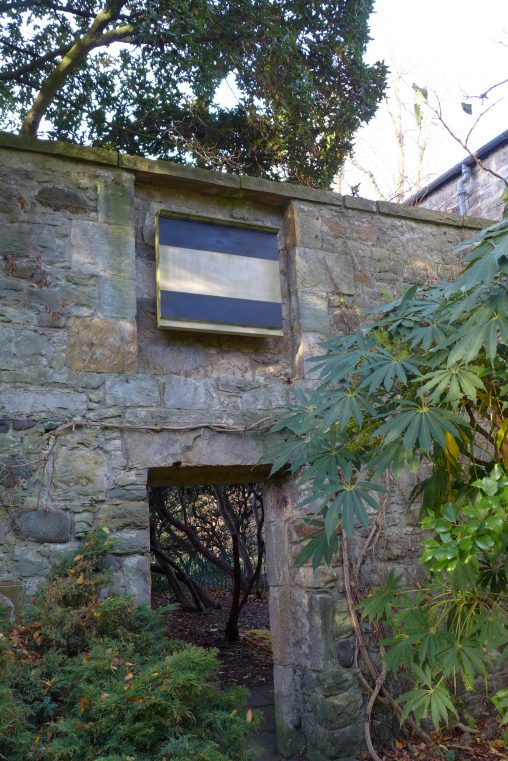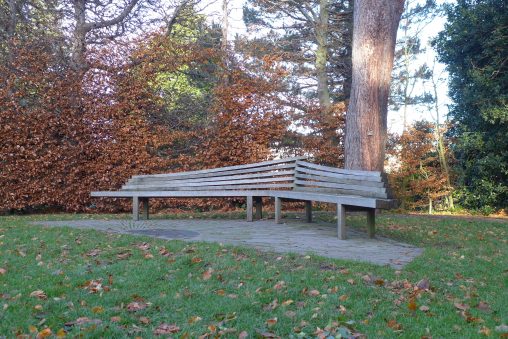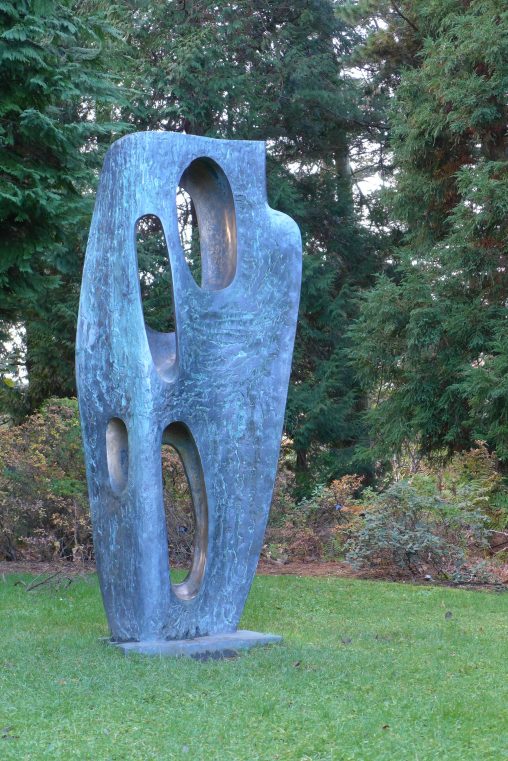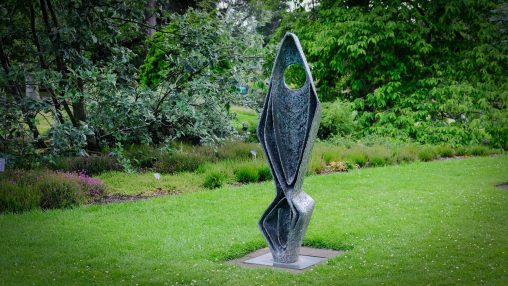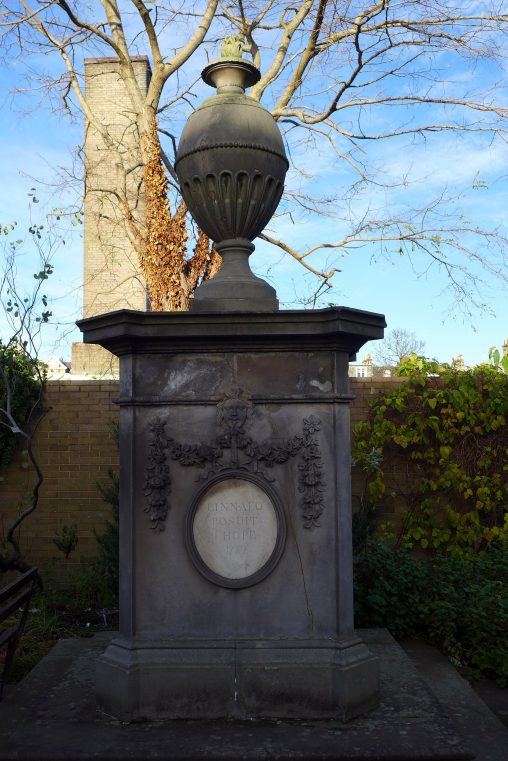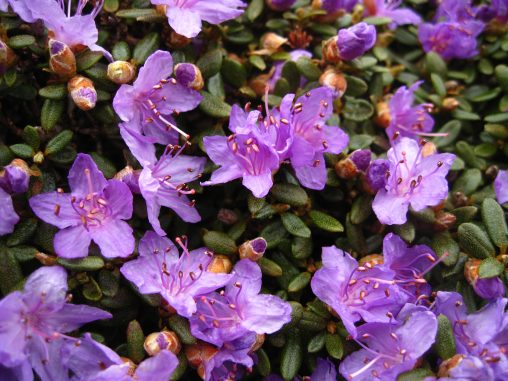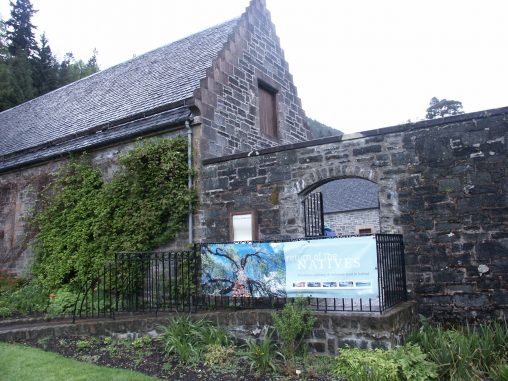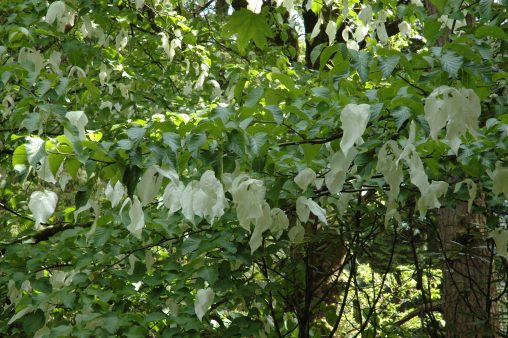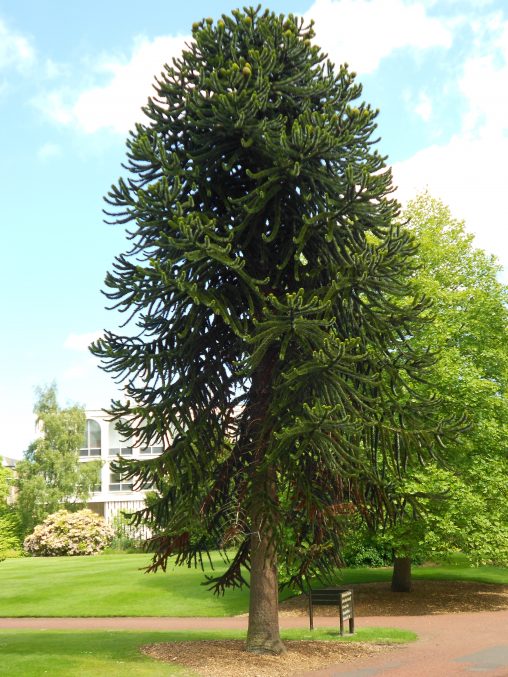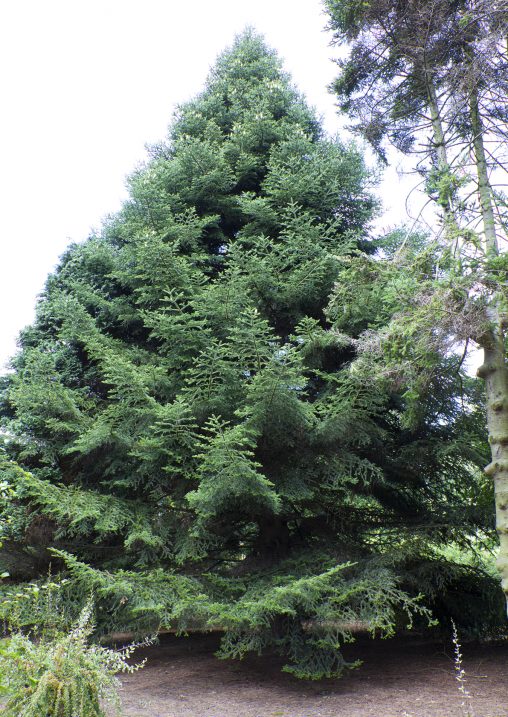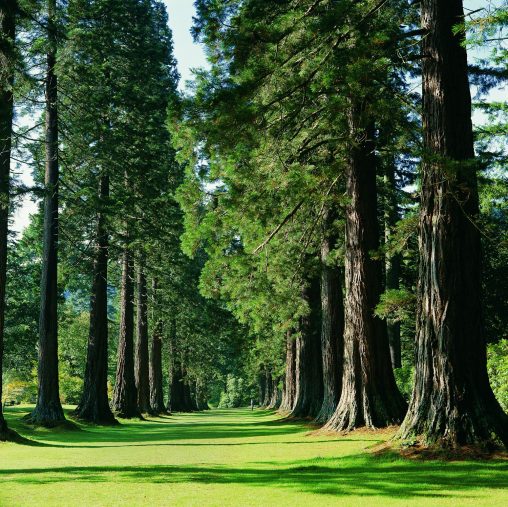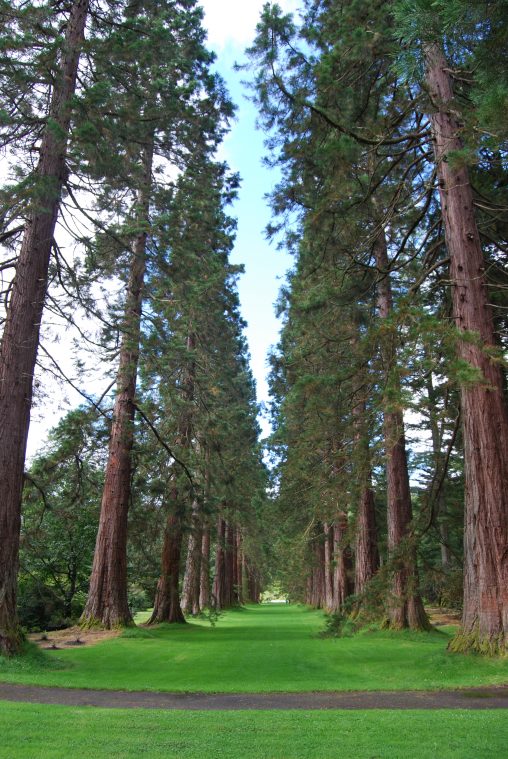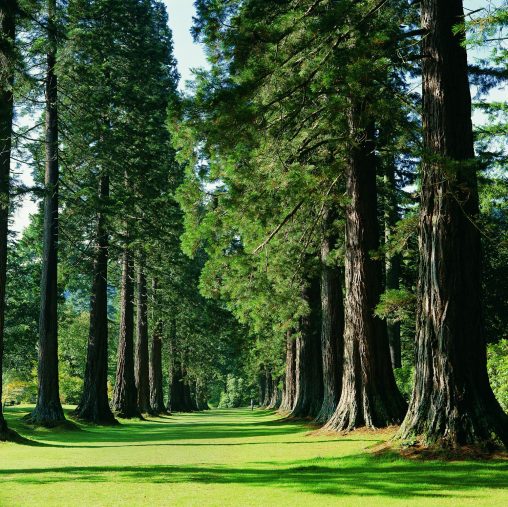Category: Low VisibilityPage 9 of 14
These are blog posts that are not currently displayed prominently in the front of house navigation but still need to be made publicly visible.
Background information for Yes / No question ? Is this specimen in the subfamily Cichorioideae? (ie. with only ligule flowers & latex) Handout as a PDF Background The…
Situated within the garden are several pieces of sculpture, many linked to the gallery at Inverleith House and its past use as the Scottish Gallery of Modern Art.

